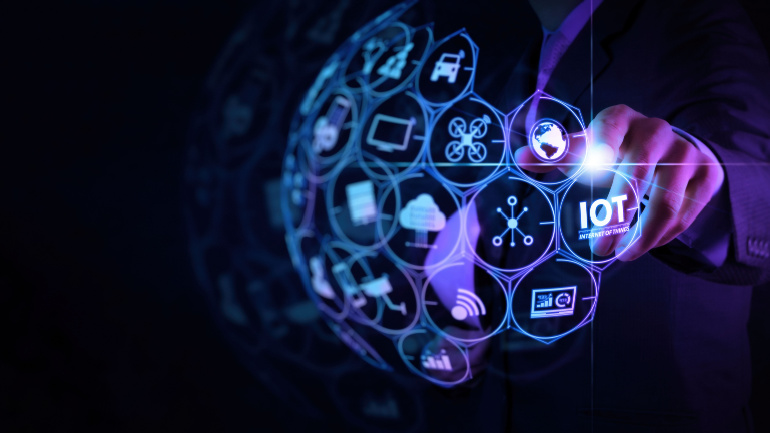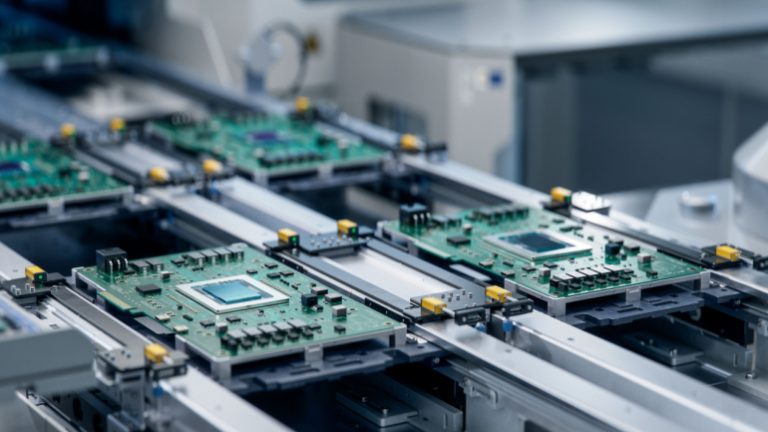
European companies will contribute a significant $227 billion to Internet of Things (IoT) spending in 2023. According to IDC, these investments are mainly driven by intention to reduce operational costs, optimize processes and to strengthen the quality of consumer experiences. These expenditures reflect the adaptation of businesses in transforming their operational strategies amidst looming economical issues.
In spite of some economic turbulence, IDC estimates consistent growth in IoT-related spending—with an 11% compound annual growth rate (CAGR) over five years. This should culminate in an expenditure of nearly $345 billion by 2027. This considerable influx of spending signals exciting opportunities within the IoT value chain, including for telecommunications providers and equipment manufacturers.
However, economic strains also present barriers to growth. Notably, companies’ investments in IoT in Central and Eastern Europe fall significantly below the aggregate European market average. IDC reports that conditions such as the Covid-19 pandemic, the war in Ukraine, and broad macroeconomic pressures have caused many investments to be temporarily postponed. Yet, IDC predicts a turnabout with acceleration in IoT investments by the end of the forecast period. What’s driving this is an increased focus on cost-reduction, optimization and enhanced management and monitoring capabilities.
Alexandra Rotaru, senior research analyst with IDC’s European Data & Analytics Team, emphasizes this point. She noted, “European organizations are expected to continue feeling pressure on budgets, with additional investments restrained in the short and medium term. However, IoT will remain a critical tool for improving performance and efficiency and increasing automation capabilities. It will continue to be a key investment area, helping organizations to reduce costs and enhance productivity despite challenges.”
The most significant deployment of IoT investments will feature within manufacturing, utilities and professional services sectors. The fastest adoption of IoT will be seen in resources industries (specifically irrigation management) and fleet management in the transport sector.
From a technology point of view, modules and sensors will be the primary drivers of IoT-related investments. Industrial maintenance supporting device hardware, vertical business process outsourcing services, and data and infrastructure as a service are likely to gain momentum.
Low power wide area networks (LPWAN), despite the broader technological ecosystem, will hold critical importance to telecoms providers in their pursuit of capturing a substantial share of market.
In conclusion, the European IoT market is likely to see copious amounts of investments in the coming years. This poses a challenge to a myriad of industry players, including telecom operators and equipment manufacturers. While connectivity will always be a primary need, securing a larger portion of the market will be increasingly difficult. Nonetheless, the potential growth and profusion of opportunities make this a strategic space to navigate.




